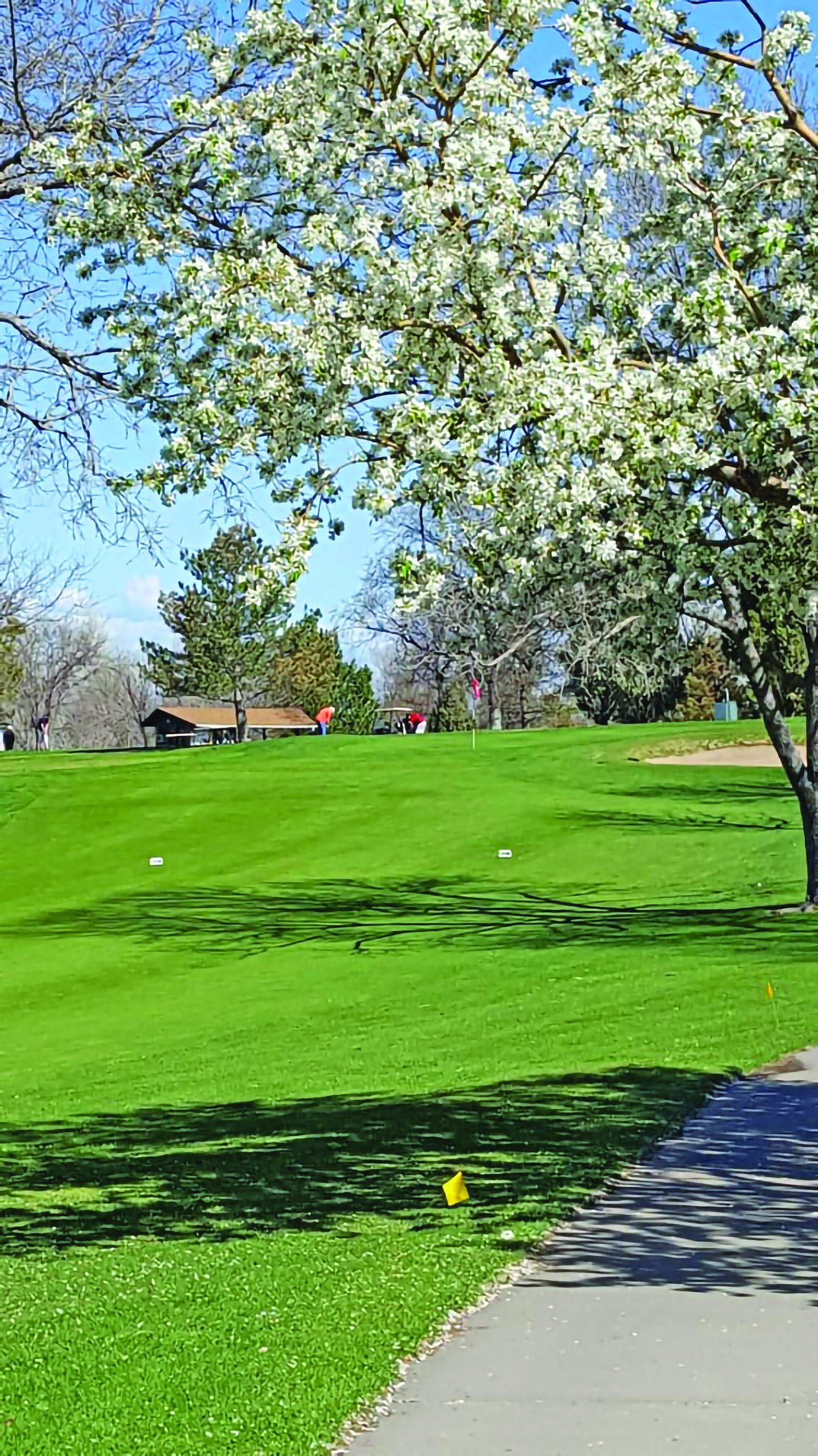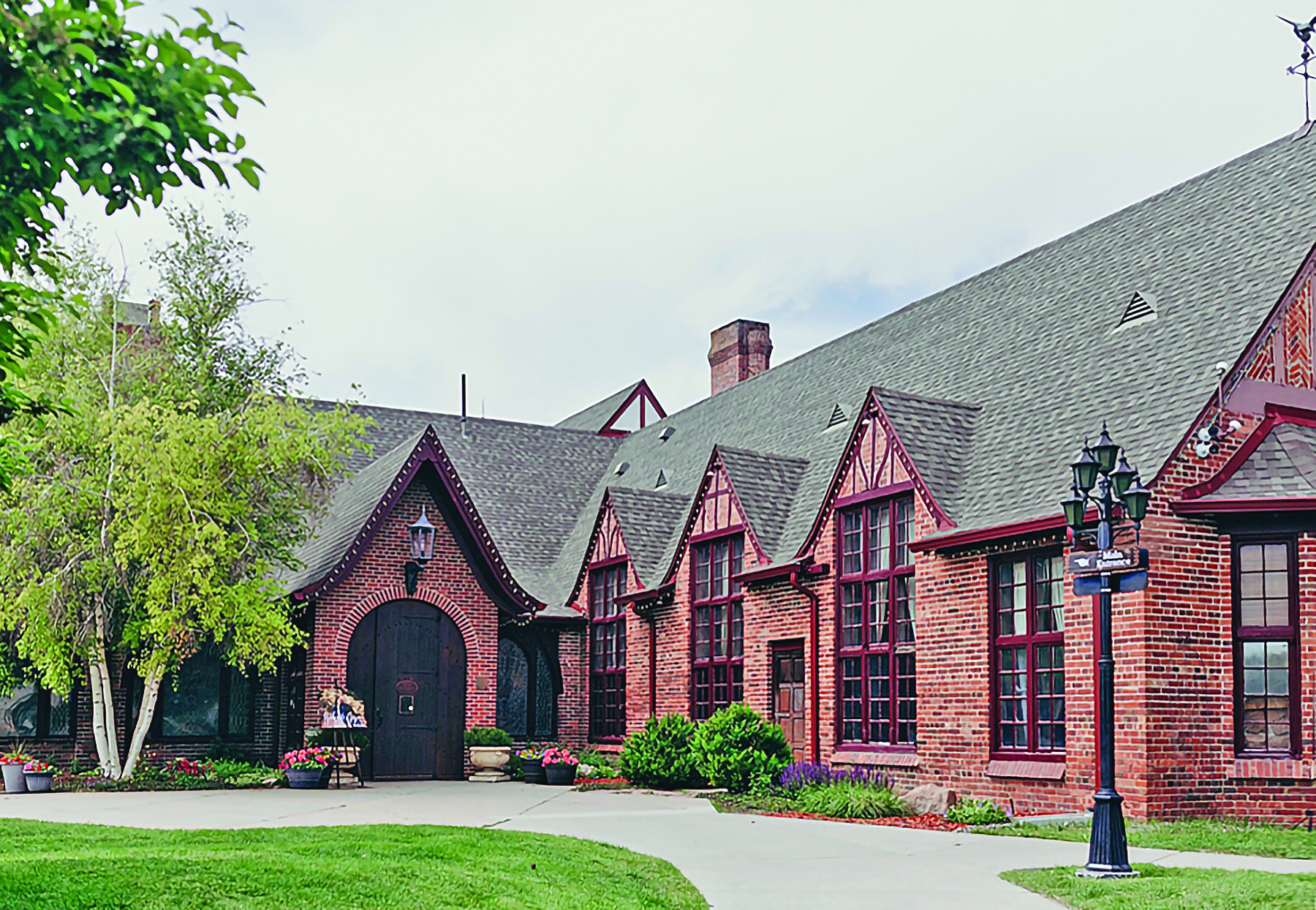Audit Finds City’s Public Courses Still Aren’t Up To Par; Parks & Recreation Cutbacks Increase Chances For Closures
by Glen Richardson

Wellshire Golf Clinic: Jack Nicklaus held a golf clinic on Wellshire’s driving range in 1977 in connection with Golf Digest Magazine.

Challenging Course: Kennedy Golf Course offers terrific views and challenging play at every skill level. Fairways and greens are difficult yet friendly.

Donald Ross Design: Wellshire Golf Course is the only public course West of the Mississippi that is a Donald Ross design.
Denver’s public golf courses’ distinctive locations — particularly the Wellshire Golf Course on S. Colorado Blvd. and the Kennedy Golf Course on E. Hampden Ave. — have made the Mile High City an all-seasons, outdoor-lover’s playground, and golf one of the city’s best ways to enjoy the outdoors.
In recent years, however, Denver Parks & Recreation — that runs the local courses — has become the number one enemy of the Valley’s local players, always a putt short of doing their job. Denver Auditor Timothy M. O’Brien, CPA, who has tried to caddie the staff managing local courses, again reports Denver’s public courses aren’t up to par.
Declining to improve customer experience for golfers, instead simply manipulating amenities and services to an ever-declining revenue stream, is threating to spiral local courses out of solvency.
Ignoring Action Plan
This year O’Brien’s approach shot has never been stronger: “I remain concerned about the future of city golf courses,” Auditor O’Brien declares.
To provide a better customer experience for golfers, Denver Golf — what O’Brien terms the Park & Rec group managing public courses — “should improve customer service, maximize revenue, update strategy documentation, improve its capital planning and financial monitoring.”
O’Brien says he is disappointed Denver Golf has chosen to disagree with strategy and action plan recommendations that would increase transparency, hold the Denver Golf enterprise more accountable to the city and public, and improve organizational efficiency and effectiveness, O’Brien explains.
Problems Persist
The auditor does say some Denver golf courses are looking better since the last time auditors assessed them, but the city still lacks a long-term plan to fix problems proactively and effectively. That’s according to a follow-up report released by Auditor O’Brien, showing partial improvement to golf course aesthetics and safety, but limited big-picture improvement due to managers’ disagreements with audit recommendations.
“Some of the rusty nails are gone, but the bigger problem remains,” Auditor O’Brien says. “I hope new leadership in the parks department will reconsider the value of making a plan for maintaining the city’s public golf courses for the benefit of all players.”
Our 2021 audit found safety and aesthetic issues at several city golf courses, such as exposed rusty nails and graffiti. We also found issues with the credit card system. We recommended managers take a big-picture look at addressing issues over time, rather than an ad-hoc response to maintenance and planning. “Unfortunately, they disagreed with all of our recommendations for a strategic plan. They called goals and timelines an unnecessary hinderance,” he relates.

Cool Complex: Kennedy Golf Course in Southeast Denver offers something for everyone, from a round of golf, to a range practice, or a game of putt-putt.
Only Applied Three
“Making a strategic plan and setting goals is management 101,” Auditor O’Brien notes. “It is both helpful and necessary if you want to use resources effectively and avoid leaving graffiti and safety hazards to sit for years at a time.”
Denver Golf managers fully implemented just three of our recommendations, partially implemented one, and did not implement five more. They disagreed with four others and took no action — those were related to strategic planning and documentation related to priorities and goals.
Notable improvements included several repairs at the Kennedy Golf Course: the clubhouse has been repainted and its molding fixed; dangerous storm shelters have been removed; the restaurant’s walls have been patched; old tables and rusting railings have been replaced; the damaged branch of a cottonwood tree on Hole 6 has been removed; cart paths have been repaved; and starter desks have been replaced. However, other issues Golf could have worked on include repairs at the Wellshire golf courses, which are still incomplete after three years. At Wellshire, we noted the bar and restroom near Hole 5 was not painted and now shows signs of possible structural damage.
Long Term Planning

Wellshire Attraction: In recent years many say Wellshire’s Event Center has become a bigger attraction than golf.
“Strategic long-term planning could help address lengthy turnaround for important maintenance projects,” Auditor O’Brien believes. Denver Golf’s lack of a strategic plan and documented organizational priorities and goals may prevent it from proactively shaping the future of its operations and addressing challenges before they arise. “With a big-picture plan, managers could create timelines and schedules for course maintenance and avoid three-year waits for repairs.”
Golf managers did make some notable updates to their technology, improving golfer experience for bookings and check-in. By implementing some of our recommendations, Denver Golf made its member check-in and cashiering process quicker and easier for its customers. Denver Golf successfully eliminated duplicate accounts in the golfer loyalty database. It also integrated credit cards into its point-of-sale system and is now working with a new vendor.
Due to factors outside of its control, Golf still is not charging nonrefundable prebooking fees, possibly missing out on revenue when golfers do not show up for their tee times. But once issues with data protection for credit card transactions over the phone are resolved, we expect Golf to implement this recommended improvement.

